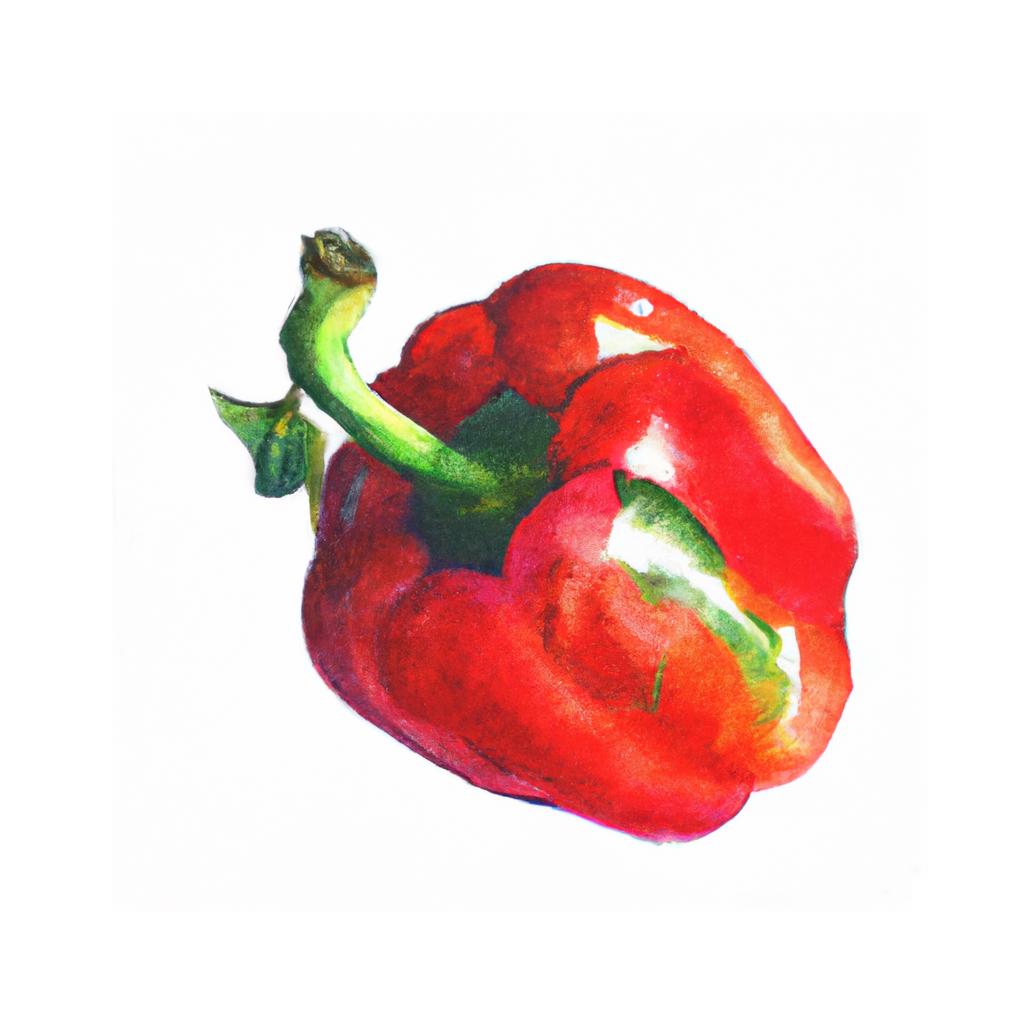
Peppers, scientifically known as Capsicum, are one of the most popular vegetables grown in home gardens around the world. There are several types, ranging from sweet bell peppers to spicy chili peppers. They come in a variety of colors, such as green, red, yellow, and orange, with each color representing a different level of ripeness.
The history of peppers can be traced back over 6,000 years to Central and South America, where they were first cultivated by ancient civilizations. Christopher Columbus brought chili peppers back to Europe, where they quickly became popular as a spice, and eventually spread to other parts of the world. The name 'pepper' actually comes from a misunderstanding by Columbus, who believed he had discovered a new type of black pepper in India.
Peppers are packed with nutritional benefits, including being high in vitamins A and C, as well as antioxidants that help protect against cellular damage. They are low in calories and can contribute to maintaining a healthy weight when included in a balanced diet.
When it comes to culinary uses, peppers are quite versatile. They can be eaten raw in salads, cooked in stir-fries, roasted, or stuffed with various fillings. Spicier varieties, like jalapeños and habaneros, are commonly used in hot sauces and salsas, while milder varieties, like bell peppers, are often found in Mediterranean and Middle Eastern dishes, such as ratatouille and shakshuka. Peppers also pair well with a variety of proteins, grains, and other vegetables, making them a staple ingredient in many delicious recipes.
This is advice is most applicable to growers in the UK, you may need to adjust the timings if you live somewhere with a different climate and/or seasons.
| Month | Tasks | Advice |
|---|---|---|
| January | - | - |
| February | Sow indoors, | Sow pepper seeds indoors in a seed tray or pots with a propagator to maintain a consistent temperature. |
| March | Continue sowing indoors, Prick out seedlings, | If needed, continue sowing seeds indoors. Once seedlings have 2-3 true leaves, carefully prick them out and transplant to individual pots. |
| April | Pot on seedlings, Harden off plants, | Pot seedlings into larger containers when they outgrow their small pots. Begin hardening off plants before transplanting outdoors. |
| May | Plant out, Water regularly, | Transplant hardened off plants to their final growing location, either in the ground or large pots. Water regularly to keep the soil moist. |
| June | Pinch out growing tips, Support plants, | Encourage bushier growth by pinching out growing tips when plants reach 30-45cm tall. Provide support with stakes or cages as they grow. |
| July | Feed with potassium-rich fertilizer, | Improve fruit production and quality by feeding plants with a potassium-rich fertilizer every two weeks. |
| August | Harvest peppers, | Begin harvesting peppers when they reach the desired size and color. Twist or cut them off, taking care not to damage the plant. |
| September | Continue harvesting, | Continue to harvest peppers as they ripen. If growing outdoors, consider picking any remaining green peppers before temperatures drop. |
| October | - | - |
| November | - | - |
| December | - | - |